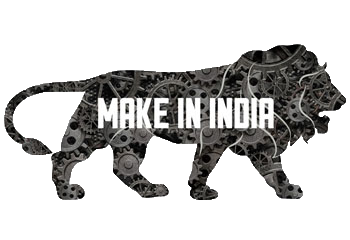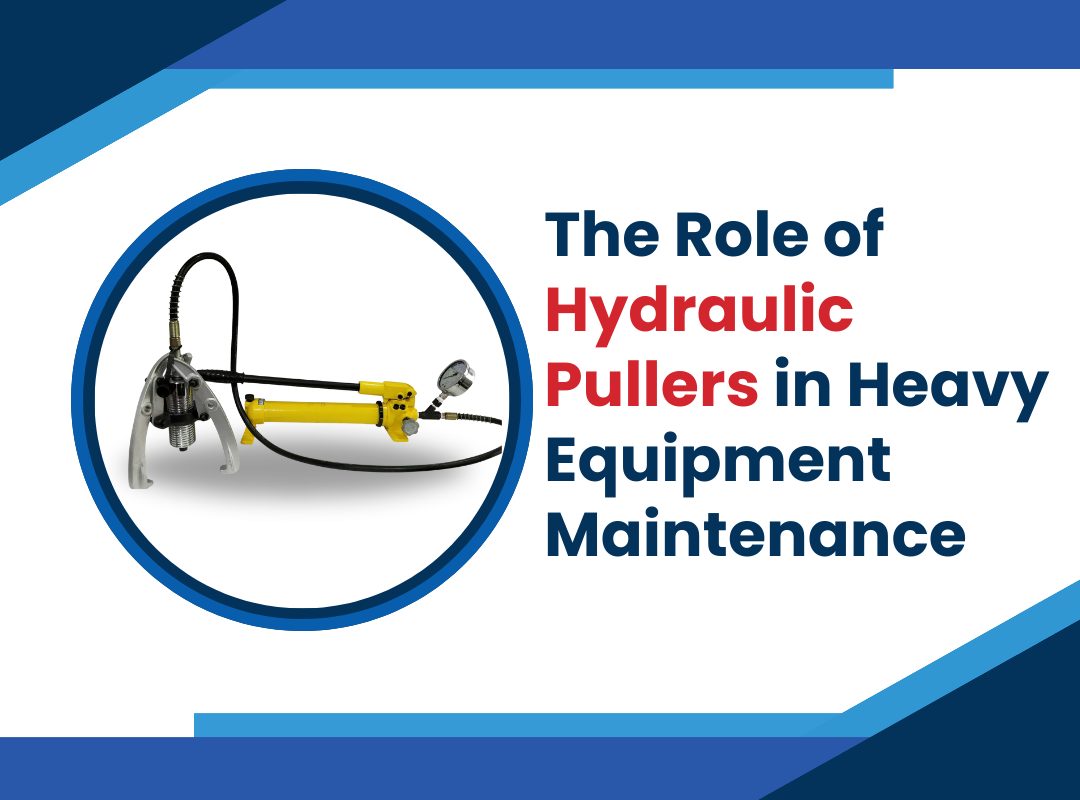Keeping heavy machinery and equipment running properly is vital for many industries. Yet completing repairs often requires dismantling major components – a difficult task without the right tools. That’s where hydraulic pullers prove invaluable for maintenance teams working with large vehicles, agricultural equipment, construction machines, and more.
Equipped with hydraulic cylinders and pump systems to generate immense pulling force, these robust tools can quickly separate tightly seized parts that simple prying bars cannot budge. Models range from small slide hammers to 20+ ton capacity beasts on wheeled frames. Let’s examine key applications where hydraulic pullers make equipment repairs feasible.
Removing Stubborn Hubs and Bearings
Wheel hub assemblies on heavy trucks and machinery enable rotation around axles while supporting tremendous loads. However, the tapered roller bearings inside can wear out over time, requiring replacement. The repetitive pounding force and corrosion often meld the bearing tightly inside its housing.
Without a hydraulic puller, mechanics would have to painstakingly burn out seized bearings bit by bit using cutting torches – taking hours and risking damage to expensive hub components. High-capacity hydraulic models can rip bearings loose with 20+ tons of concentric force applied evenly across the circumference, preventing damage to the hub.
Freeing Frozen Track Pins
The undercarriages on bulldozers, excavators, and tracked military vehicles rely on huge hardened steel pins to connect track links together into continuous belts. But mud, rocks, and road salt often jam them tightly in place. Hitting them out with sledgehammers generally proves fruitless.
Bringing the jaws of a hydraulic puller to bear against the pins with 10+ tons of pulling force breaks them free without damaging the undercarriage. Technicians also rely on these tools when pins get stuck trying to reassemble the track after replacing worn links during repair work.
Removing Rusted Bucket Pins
Loaders, excavators, and backhoes use large pivot pins to attach implement buckets. Caustic debris contaminating the joints welds pins in place over time. Applying steady hydraulic pressure pulls pins cleanly so new bushings can be installed without hassle instead of fruitlessly beating on them with hammers for hours.
Changing Grader Blades
Maintaining the massive moldboard blades that give road graders their ability to reshape terrain requires frequent changes for sharpening and replacing worn edges. But the retainers and blade pins holding them in place seize tightly over time. No mechanic’s hammer stands a chance.
Hydraulic pullers generate sufficient force to pop even the most stubborn grader blade pins loose so worn edges can be swapped out. Without them, technicians would face long battles trying to drive pins out bit by bit.
Removing Press-Fit Parts
Many heavy equipment components like pumps, motors, and final drives rely on extremely tight interference fits with shafts and housings. Parts seize together so tightly that no amount of hammering or heat will get them apart.
High-capacity hydraulic pullers excel at separating press-fit components with perfectly distributed linear force across the surface, avoiding damage. This allows mechanics to salvage expensive parts for rebuild rather than replacement.
Freeing Fused Reciprocating Pieces
On engines and compressors, components like connecting rods, pistons, crankshafts, and wrist pins often fuse together from extreme heat and pressure loads. Locked solid, hammering generally proves useless for dismantling.
Hydraulic puller systems have the capacity to tear fused parts safely apart. Controlled steady force protects expensive components from shock damage caused by sledgehammers and chemicals. The tools even handle tricky angled pulls.
Removing Stripped Gears
Models like internal gear pullers grip the inside of stripped ring gears on differentials and final drives so they can be worked loose and replaced. The same goes for stripped gears found on conveyor drives and other industrial equipment. Hydraulic pullers provide the perfect solution for removing damaged gears of all types when overhaul work beckons.
Freeing Frozen Auger Drivelines
Equipping heavy-duty hydraulic pullers with specialized jaw attachments like Spencer Jaw sets enables technicians to easily separate auger hex shaft drives when they become frozen solid inside PTO gearbox housings. This commonly occurs on hay and forage equipment like balers, tub grinders, and mixer-feeder wagons, as well as snow blowers, tillers, and other outdoor power equipment.
The extreme gripping force and torque capacity of hydraulic pullers combined with jaws that grip all six sides of hex shafts can quickly free up these frozen auger drives for service without damaging equipment. This eliminates the fruitless and damaging process of heating components with torches or trying to hammer shafts loose. Overall, having versatile hydraulic puller systems with accessory jaw kits on hand saves farmers and technicians hours of difficult driveline repairs.
Last words
From heavy mining trucks to precision medical imaging systems, all complex machinery requires periodic repair and maintenance work to stay operational. Getting seized parts loose always ranks among the toughest challenges for technicians. That’s where hydraulic pullers prove invaluable across countless applications.
Offering versatile interchangeable jaws and adjustable force up to 100+ tons, these indispensable tools help maintenance crews tear equipment apart with ease. Hydraulic pullers provide an efficient solution for dismantling the biggest and toughest components without damage – saving hours of work and thousands in replacement costs. No shop can afford to operate without one!


